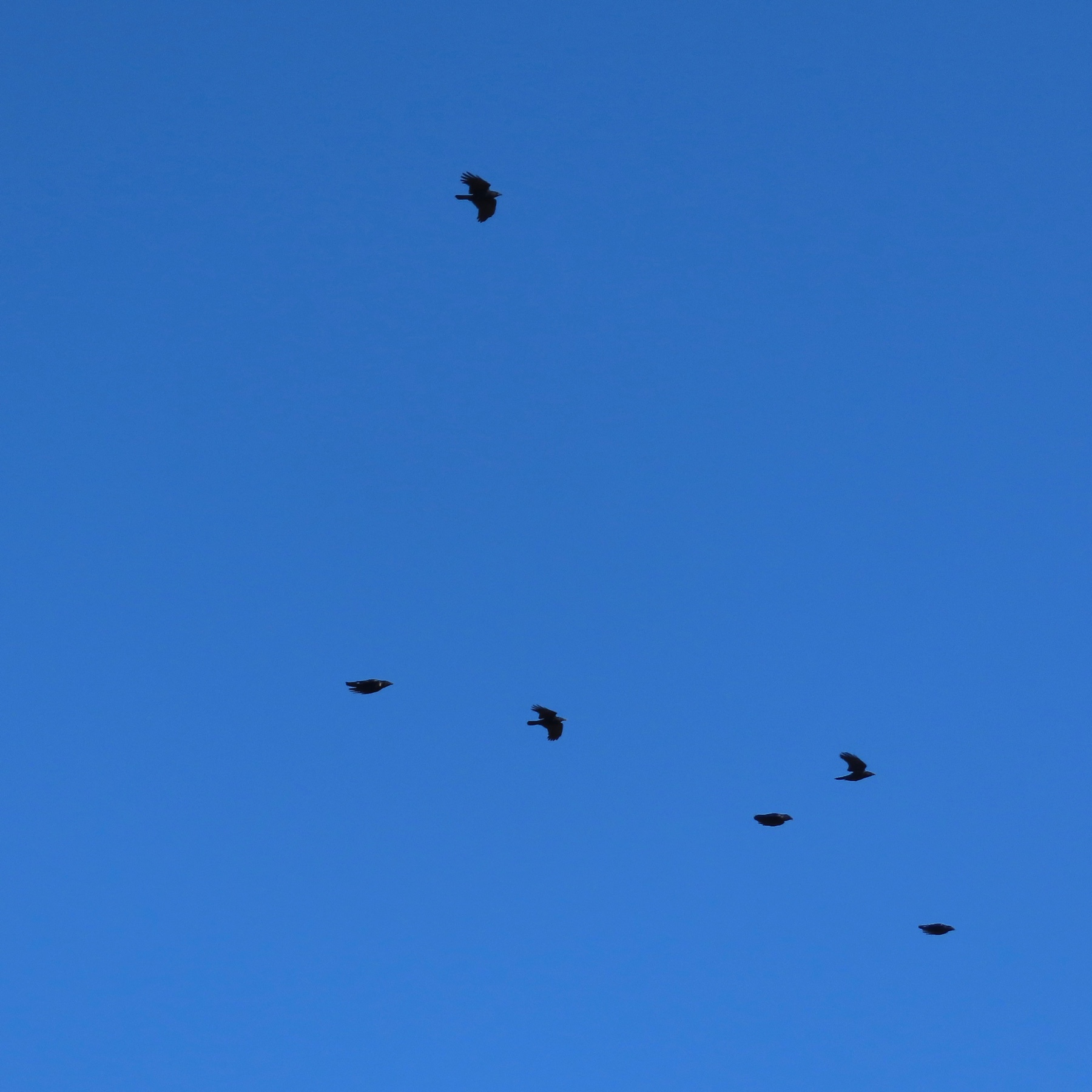The Next War
It will take place,
it will take time
it will take life,
and waste them.
Ursula K. Le Guin
From
Pome Newsletter by Matthew Ogle

The Next War
It will take place,
it will take time
it will take life,
and waste them.
Ursula K. Le Guin
From
Pome Newsletter by Matthew Ogle
Black on Blue

Two years ago today was the last day before schools closed for lockdown. Seems longer than that:
“Listen where ever you get your podcasts” == the sound of victory in the battle to keep the podcastosphere from being dominated by evil tech companies.
Read: The employees: a workplace novel of the 22nd century by Olga Ravn ★★★★☆ 📚
Quite unclassifiable, science fiction, elliptical, mysterious and compelling. I found Lea Guldditte Hestelund at Overgaden, the art exibit the book is ‘based’ on, helpful.
Listening to & loving the starlings chatting & chattering in the playground this morning when some geese flew over. Not a good recording, spoilt by an aircraft but it still amazes me I can just grab this.
Exhibition title: Consumed Future Spewed Up as Present
With a new total installation, Danish artist Lea Guldditte Hestelund explores and develops the possibilities and limitations of the sculpture as well as the body, in a near-future narrative.In her artistic work, Lea Guldditte Hestelund is fascinated by the history, narratives and potentials of materials, and how these can be released and processed – whether by cutting into marble, or by shaping and transforming her own body.
I am currently reading The Employees by Olga Ravn which is a response to this exhibition.
One of the best $10 I’ve ever spent was on the micro.blog kickstarter. For my money I was pledged:
PDF and ePub versions of the book, plus early access to Micro.blog. You can reserve your Micro.blog username even before the book is finished.
My username is johnjohnston on micro.blog and it has been a big part of my online life since April 2017
This week I got an email from kickstarter. The draft of the Indie Microblogging book is available online at book.micro.blog.
I’ve started dipping into the book rather than reading it through. Being beautifully organised online makes this easy.
The book is lot more comprehensive than I expected. Everything I’ve read so far has delighted me. It includes, history, different platforms, interviews with lots of interesting folk. There is also technical information about microformats and other indieweb technologies. This looks like being very readable and useful.
Manton’s personal way of telling the story makes it easy to read and digest.
A couple of quotes, that might not capture the range and depth of the text but resonated very strongly with me:
Toward decentralization · Indie Microblogging
We want smaller platforms again as was common in the height of Web 2.0. Back then it was more like a fabric of web tools, where one app might build on Flickr’s API, or another app might plug in missing features in early versions of Twitter like search or photo hosting. But with indie microblogging we want to go further, even more decentralized, where platforms fade away and all we have are our own blogs, woven together as a new foundation for the social web.
Part 2: Foundation · Indie Microblogging
There weren’t enough blogs back in 2002, and there aren’t enough now. I have no doubt that some of the blogs created today will be important in the years ahead, maybe contributing to a debate on politics, or showcasing new writing or art, or serving as an archive that reflects today’s culture.
Manton asks for feedback, I’ve not spotted anything I think could be improves so far, my only feedback would be lovely stuff!
In classic primary school book reviews a question is often, who else would like this book? If you are interested in any aspect of social media, blogging or online life you will find something of interest. If you are uneasy about Facebook algorithms, or you dislike the politicians and government announcing and pronouncing on twitter, this is for you.